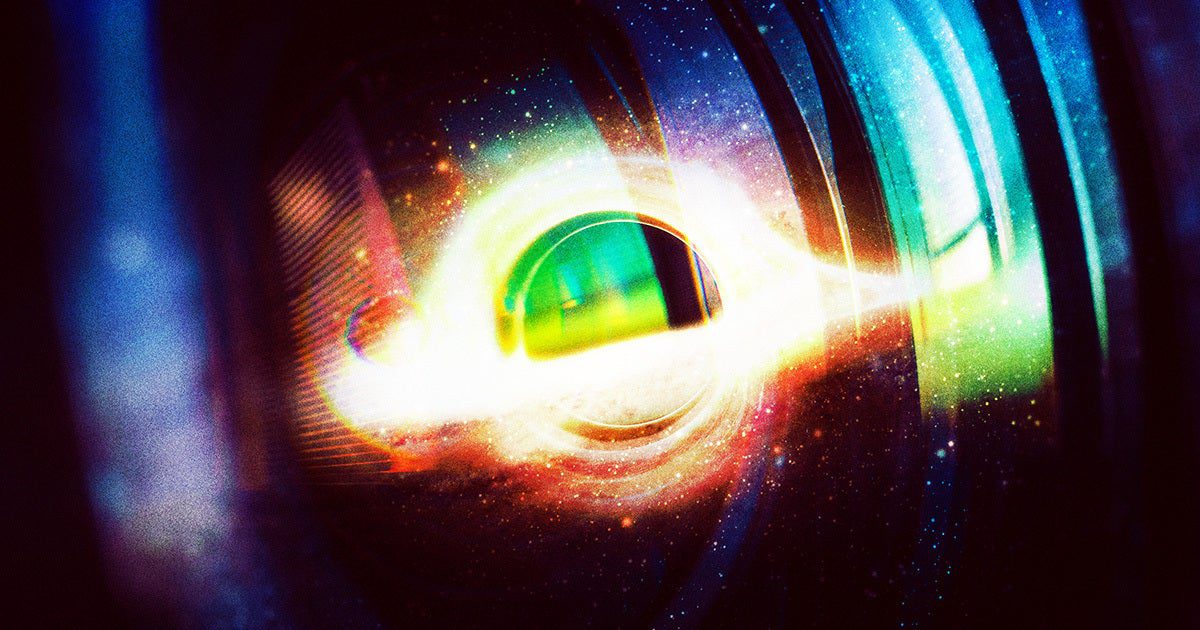
The James Webb Space Telescope has ventured back in time, examining events that occurred 13 billion years ago and observing galaxies located billions of light-years from Earth.
In a fascinating recent study, researchers turned their attention to a black hole much closer to our planet, where they witnessed an extraordinary display of light.
According to CNN, scientists from Northwestern University directed the innovative telescope towards Sagittarius A*, the supermassive black hole situated at the center of our Milky Way Galaxy, approximately 26,000 light-years away, to uncover new insights.
This initiative marks the most comprehensive examination ever of Sagittarius A*, revealing astonishing bursts of light that CNN likened to a spectacular fireworks display.
In a research paper published in The Astrophysical Journal Letters, the team described that these luminous flares typically emerge from accretion disks—hot swirling regions of gas and dust surrounding black holes. While the precise source of these flares remains uncertain, the researchers speculate that they originate just outside the black hole’s event horizon, a zone with gravity so intense that even light cannot escape.
“In our observations, we detected constantly shifting brightness, almost like bubbling,” stated Farhad Yusef-Zadeh, a physics and astronomy professor at Northwestern and the principal author of the study. “Then, all of a sudden, there was a significant burst of brightness, followed by a gradual calming down.”
Yusef-Zadeh pointed out that these remarkable flares appear to occur unpredictably.
“We couldn’t identify any definite pattern in this activity,” he noted. “Each time we observed the black hole, it showcased a new and thrilling activity profile.”
Astronomers can “observe” black holes, despite their elusive nature, due to their gravitational influence on nearby matter. Anything that strays too close succumbs to their pull, leading to gas and dust spiraling rapidly around them, forming hot accretion disks.
While the fundamental processes driving black holes are well-understood, astrophysicists still grapple with explaining the bright, energetic flares they emit. As Yusef-Zadeh elaborated, the flares observed from Sagittarius A* are distinct even among other enigmatic phenomena.
“Flares are expected from virtually all supermassive black holes, but ours is exceptional,” he clarified. “It consistently shows signs of activity and never seems to stabilize.”
Throughout the course of a year, researchers monitored Sagittarius A* in increments of eight to ten hours. During this time, Yusef-Zadeh remarked, “we observed changes with each observation.”
“Each time we looked, we saw something unique,” he told CNN, which was truly extraordinary.
Explore more discoveries from the James Webb Space Telescope: Scientists Surprised to Discover Red Dots in James Webb Images are Black Holes









